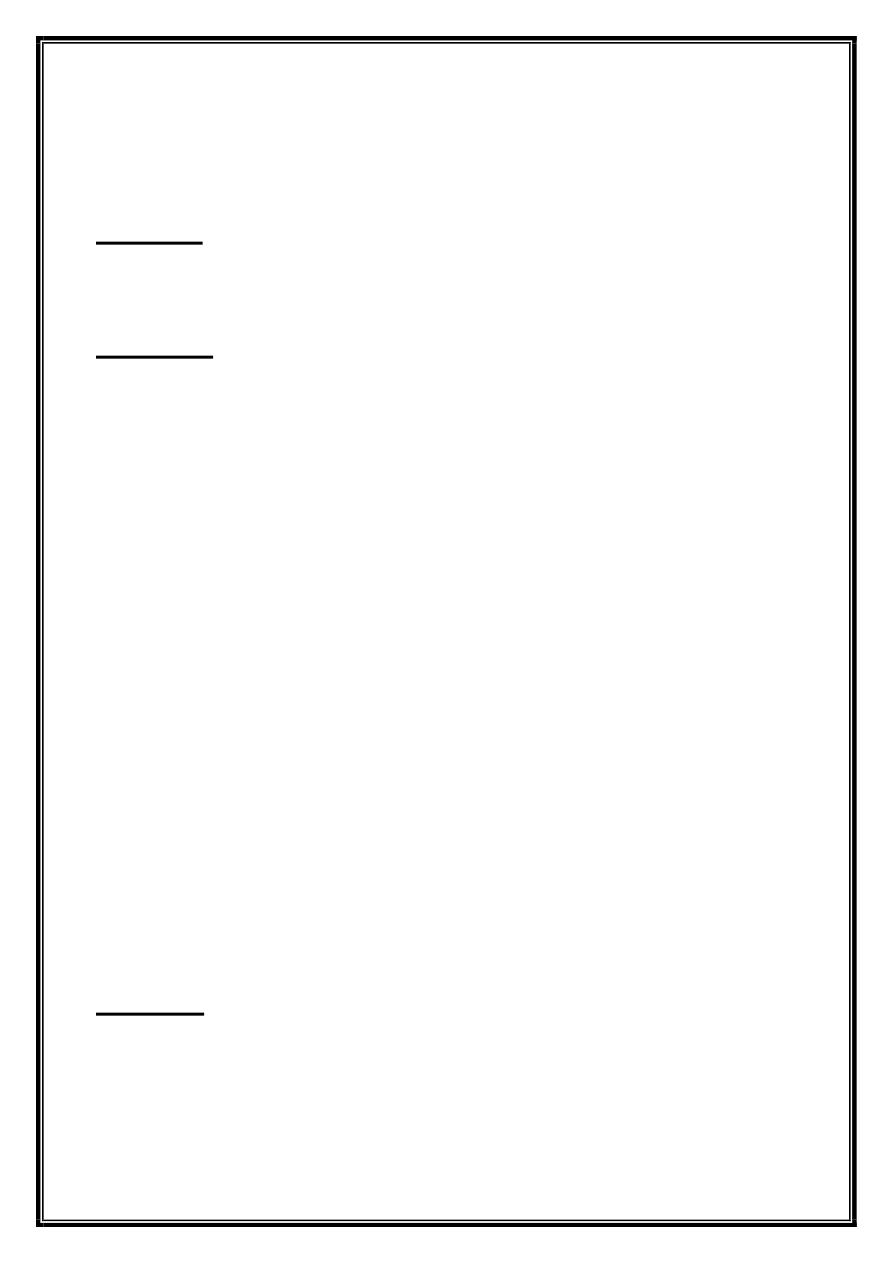
1
Lichen planus
Definition:
lichen planus (LP) is a common, pruritic, inflammatory disease of the
skin & mucous membranes. It occurs throughout the world, in both sexes & in all
races, mostly in the age of 30-60 years, it is rare in children less than 5years.
Etiology & pathology:
The etiology of LP is unknown, it may be familial in
1-2% (genetic), liver diseases; like: chronic active hepatitis and hepatitis-C are risk
factors for LP. Drugs can cause LP; like: gold, mercury, chloroquine, penicillamine
(lichenoid drug eruption). LP is characterized by an immunological reaction
mediated by T-cells that result in keratinocytes apoptosis (death). Clumps of IgM,
and less commonly IgG, IgA &C3 are present in the subepidermal zone with heavy
inflammatory infiltrate.
Clinical features:
The morphology & distribution of the lesions are
characteristic. The primary lesions of LP are characteristic, almost pathognomonic,
small, violaceous, flat-topped, polygonal papules. They can be remembered by
learning the 5Ps (pruritic, plain, polygonal, purple papules). The surface of the
lesions is glistening, dry & covered with scant scales & with close inspection a lacy,
criss-crossed white lines can be seen (Wickham's striae). Papules are coalescing to
form plagues. Site of predilection for LP is the flexor surfaces of the wrists &
forearms, trunk, medial thighs, legs & genitalia. Pruritus is often prominent, it may
be intolerable in acute cases, usually in a form of rubbing rather than scratching so
scratch marks are not present. Koebner's phenomena can occur in LP. Lesions of LP
usually heal with hyperpigmentation.
Involvement of genitalia is common. On the glans penis, lesions are flat papules or
annular in shape, while on the vulvovaginal area ulcerative lesions are common &
may coexist with the whitish reticulate classical lesions.
Oral involvement in LP occurs in over 50% of cases (some times without skin
lesions), it appears as asymptomatic reticulate white patch mostly on the buccal
mucosa, but it could be atrophic or erosive (ulcerative type).

2
Nail involvement are present in 5-10% of patients & includes: longitudinal ridging
& splitting, onycholysis, red lunula, pitting, nail dystrophy, pterygium formation
(The proximal nail fold fuses with the proximal part of the nail bed due to
inflammation & fibrosis of the nail matrix).
Clinical variant of LP include:
1. Linear LP: a type of LP in which the lesions are limited to one band or streak or
single dermatome. It is more common in children & represents about 1% of cases
of LP. Linear lesions also occur in classical LP due to Koebner's phenomena.
2. Annular LP: small papules are configurate to rings or circular plagues. This type
is usually asymptomatic & favors the axillae, groin & genitalia. It is most
common in males.
3. Hypertrophic LP: the typical lesions are verrucous plagues with variable
amount of scales & it is usually larger than the classical lesions of LP (several
centimeters in diameter). The favored site is distal extremities. It is chronic lesion
& refractory to topical treatment.
4. Ulcerative LP: this type is rare on the skin but common on the mucous
membranes like oral mucosa & vulvovaginal mucosa where it cause pain &
burning sensation. The lesion consists of erythematous eroded area surrounded
by white reticulation. This type carries a risk for squamous cell carcinoma about
0.5-5% of all patients & demands a biopsy in chronic lesions.
5. Bullous LP: in classical LP, sometimes lesions may vesiculate centrally due to
subepidermal separation as a result of the inflammatory process. This usually
occurs on the lower extremities & heals spontaneously.
6. Follicular LP: manifested as pinpoint hyperkeratotic, follicular projections in
hairy areas specially the scalp. Hair loss occurs & it may be permanent if the
disease is sufficiently active to cause scarring (LP is one of the commonest
causes of scarring alopecia in Iraq). 70-80% of cases occur in women.
7. Generalized LP: LP may occur abruptly as a generalized intensely pruritic
eruption. Papules are numerous & isolated & leave diffuse brown

3
postinflammatory hyperpigmentation as the disease clear. Lesions appear on the
trunk, extremities & lower back. Lichenoid drug eruptions are frequently of this
type.
Diagnosis:
The diagnosis can be made clinically, but a skin biopsy can be done in
difficult cases. Direct immunofluorescence may help to establish the diagnosis.
There will be deposits of IgG, IgM, IgA & complement in the subepidermal zone.
Treatment:
1. Topical steroids: super potent class I&II steroids can be applies topically twice
daily in a form of ointment or creams used for localized lesions.
2. Intralesional steroid: injection with triamcinolone acetonide may be used in
hypertrophic lesions which are resistant to topical treatment. Injection done every
3-4 weeks.
3. systemic steroid: can be used to treat generalized severely pruritic LP
prednisolone in a dose of 20 mg twice daily for 2-4 weeks is usually sufficient to
clear the disease.
4. Antihistamines: should be given to relief pruritus.
5. Cyclosporine, acitretin (oral retinoid), azothioprine: all can be used with
variable effect to treat generalized symptomatic LP or cases refractory to therapy
with the above agents.
6. Phototherapy: like PUVA, narrow band UVB & UVA1 may be effective for
cutaneous LP.
7. Oral LP can be treated with tacrolimus ointment 0.1%, topical steroid & oral
cyclosporine as mouthwash beside other treatments if not responding to topical
agents.
Prognosis:
the natural history of LP is highly variable & dependent on the site of
involvement & the clinical pattern. Two third of patients with skin lesions will have
LP for less than 1 year & many patients spontaneously clear in the second year.
Recurrences are common. Mucous membrane disease is much more chronic.

4
Pityriasis Rosea
Definition & etiology:
Pityriasis rosea is an acute, self-limiting disease, probably infective in origin,
affecting mainly children and young adults, and characterized by a distinctive skin
eruption and minimal constitutional symptoms. Pityriasis rosea is relatively common
throughout the world. It accounts for 1-2% of new patients attending dermatological
clinics in temperate regions, where it is more frequent during the winter months. The
cause of Pityriasis rosea is unknown, but many epidemiological and clinical features
suggest that an infective viral agent may be implicated .
Clinical features:
The eruption of pityriasis rosea follows a distinctive and remarkably constant pattern
and course in 80% of cases. The disease most frequently begins with the appearance
of a single herald patch (mother patch) which is oval plague, pink-red in color &
larger than succeeding lesions (2-10cm). The plague is covered by fine wrinkled
scales arranged at its periphery called collarette scale. The plague persist for 1-2
weeks before the remaining rash appears which is usually generalized, chiefly
affecting the trunk in a form of numerous erythematous macules & papules that are
scaly & arranged along the skin lines (with the ribs) to give a picture of "Christmas
tree" distribution. Mild-moderate Pruritus may b present. The disease clears
spontaneously in 1-3 months. There may be postinflammatory hyperpigmentation
especially in black people.
Treatment:
The disease is benign & self limiting can heal spontaneously without treatment. Oral
antihistamines & topical steroids may be used to relief itching. Erythromycin in a
dose of 1gm/four times daily for 2weeks can accelerate healing. UVB phototherapy
5 times/week for 2 weeks also found to decrease Pruritus & hasten resolution. In
extensive cases with intense itching, systemic steroid can be used in small doses that
tapered over 2 weeks.

5
